What is the Chain of Survival?
Have you ever attended a first aid or CPR course? If so, you may have heard the term Chain of Survival used, so what exactly is the chain of survival and what does it mean for first aiders?
Put simply, the chain of survival is just a series of steps (forming a virtual “chain”) which give the best chance of survival from a cardiac arrest (when the heart stops beating).
If all the steps of the chain are followed promptly, then the victim has the best chance of surviving the cardiac arrest.
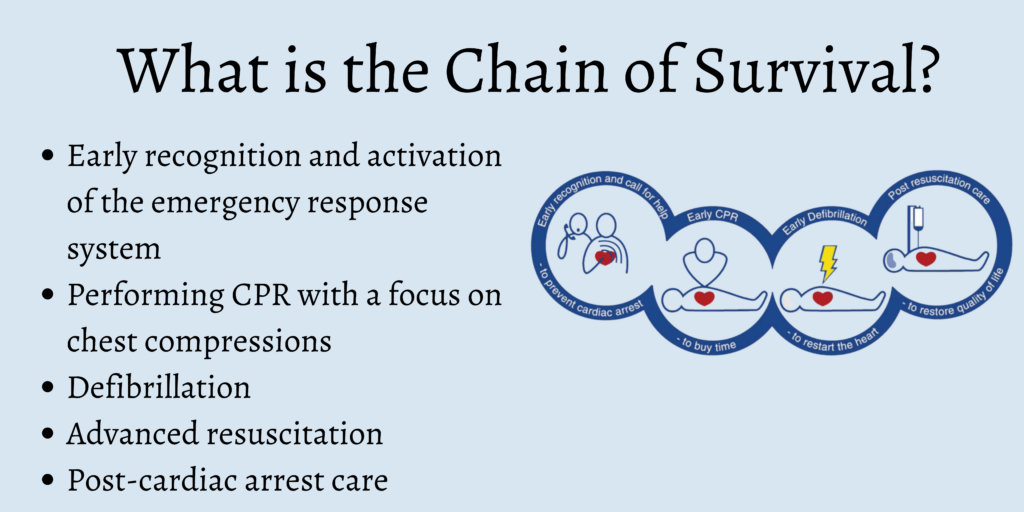
The chain of survival is a series of interventions made during time-sensitive cases of cardiac arrests. It’s an attempt to maximize the patient’s chance of survival after the heart stops beating.
Widely used in CPR and first aid training, the phrase “chain of survival” consists of five interlinked steps:
- Early recognition and activation of the emergency response system
- Performing CPR with a focus on chest compressions
- Defibrillation
- Advanced resuscitation
- Post-cardiac arrest care
Following these steps in rapid succession is mandatory to enhance the chance of survival. The concept of “a chain is only as strong as its weakest link” highlights the importance of effectively performing each step.
According to research, a non-medical bystander’s immediate help increases the likelihood of survival after cardiac arrest. If a person suffering from a severe heart attack does not receive attention within 10 minutes—their survival probability is close to zero.
Hence, the step of ‘early recognition’ is prioritized in the chain of survival.
Early Recognition and Emergency Response System Activation
Cardiac arrests occur suddenly. In such a situation, the only hope for help resides in bystanders without medical training.
The people surrounding the patient can aid their survival by performing the first three steps of the chain of survival. Although the suddenness of a medical emergency may be frightening, bystanders should act promptly despite their anxiety.
Recognition of signs of Cardiac Arrest
In the chain of survival, the first link pertains to early recognition of cardiac arrest. Bystanders can observe the following symptoms to determine if the person is suffering from a cardiac arrest:
● Sudden collapse
● No pulse
● No breathing
At times, victims of cardiac arrest experience seizures or abnormal breathing.
If a simple investigation of the unconscious patient affirms these signs, the bystander’s next step is to call the medical emergency number and report the incident.
Emergency Response System
Once you recognize the signs of cardiac arrest, call 911 or the local emergency number. If the person collapses in the office or any place with an on-site emergency medical response system—activate the system with a phone call or text.
Simultaneously, send someone to retrieve an Automated External Defibrillator (AED). If you’re a sole responder, proceed to acquire an AED on your own.
Performing CPR with a Focus on Chest Compression
The second link on the survival chain is CPR with chest compressions.
After informing the emergency medical service (EMS) provider, the first responder on the site should begin CPR immediately till an AED arrives.
How to Perform CPR?
A non-medical bystander can follow these steps to perform CPR:
- Lay the person on their back.
- Position both of your palms at the center of the person’s chest.
- Your shoulder should be over the palms with your elbows locked.
- Give 30 chest compressions, each with a depth of 2 inches. The rate of compressions should be 100-120 per minute.
- Allow the chest to return to its normal position after each compression.
- Tilt the person’s head past the neutral position. Give two breaths – each breath should be one second long.
- Continue with 30 sets of chest compression spaced by two breaths till the AED machine arrives.
There can be an instance where the first breath doesn’t lead to a rise in the chest. In such a case, adjust the head tilt before giving a second breath.
Bystanders who don’t have CPR training can opt for hands-only compressions. This type of compression consists of hard and fast pushing at the center of the chest at the rate of 100 compressions per minute.
Remember, the time lapse between the onset of the cardiac arrest and the first chest compression should be minimal to increase the patient’s chance of survival.
As a bystander, continue the chest compressions till the AED machine or the EMS providers appear on the scene.
Rapid Defibrillation
Defibrillation must succeed compressions in the chain of survival. Unless the paramedics arrive, non-medical bystanders, also known as first responders, can deliver defibrillation with an AED machine.
AED, or Automated External Defibrillator, has an automatic assessment system that analyses the heart rhythm of a person suffering from cardiac arrest.
After the assessment, it delivers an electric shock to restore the person’s heart rate.
How to Operate an AED Machine?
All AED machines have audio prompts and visual instructions to guide the process. Thus, even first responders with no real medical knowledge can perform the deed. However, the process of AED defibrillation is explained below for better understanding:
- Turn on the AED device and carefully listen to the audio prompts.
- Remove the patient’s shirt/t-shirt to expose their bare chest. Follow the instructions given on the electro pads for their placement.
- The AED machine will analyze their heart rhythm.
- After the analysis, if the machine indicates ‘shock,’ ensure no one is in contact with the body and hit the shock button.
- Continue hands-only compressions after the AED machine indicates that it’s safe to do so after delivering a shock.
AED machines are safe for victims and won’t advise shock if it isn’t necessary. The design of these machines allows their easy operation. Both untrained medical laypersons and children can use this to save someone having a cardiac arrest.
Some AED machines are fully automated and can deliver a shock automatically. Therefore, keep in mind to check the AED variety before operating it.
Call-Push-Shock
As per a survey, 70-90% of people who suffer cardiac arrest pass away before reaching the hospital. Medical professionals acknowledge how the survival of such patients depends solely on first responders and their prompt actions.
Therefore, medical experts advocate the ‘Call-Push-Shock’ motto for creating awareness about proper cardiac arrest response among non-medical bystanders.
The ‘Call-Push-Shock’ protocol summarizes the first three links of the chain of survival:
- Call: inform the EMS
- Push: apply chest compression
- Shock: use the AED defibrillator
Importance of Defibrillation
While CPR maintains blood circulation through the body, only rapid defibrillation can restart the heart with an electric shock.
The process of rapid defibrillation requires an AED machine. Patients suffering from Sudden Cardiac Arrest lose 10% of their survival rate every passing minute without an AED device.
AED machines have become essential. You can easily retrieve it from a shop, school, office, or pharmaceutical dispensary.
Defibrillation increases the chance of the person surviving by 30% until they get professional medical help.
If acquiring AED is impossible, you should continue with chest compressions and CPR until the EMS providers arrive with a defibrillator.
Advance Resuscitation and Post-Cardiac Arrest Care
The last two links of the chain of survival are for medical professionals.
Paramedics or EMTs perform the advanced resuscitation step. It includes the advanced method of CPR and the defibrillation process. Furthermore, the EMS provider’s employment of other drugs and devices assures the patient’s safety on the drive to the hospital.
Once at the healthcare center, the last link of the chain of survival is upon the medical professionals. The doctors avail hospitalization for the patient and opt for a multidisciplinary line of treatment. Remember, the usual post-cardiac care contains mild inducement of therapeutic hypothermia and management of other heart-related complications.
Sudden Cardiac Arrest and its Chain of Survival
Sudden Cardiac Arrest (SCA) is a condition where an interruption to the heart’s activity leads to a pulseless state and loss of consciousness.
There are several causal factors of SCA, namely:
● Heart attack
● Severe electrolyte imbalance
● Blunt force trauma to the chest
Several surveys indicate that only one out of 10 victims of SCA may survive. The one to survive often receives immediate help from first responders like you.
The first 10 minutes after the onset of cardiac arrest is crucial for the patient’s survival.
Bystanders, family members, or anyone who recognizes signs of SCA play the role of a savior. If they fail to begin the chain of survival within this time limit, there is a lower likelihood of the person surviving.
Did You Know: The concept of the ‘Chain of Survival’ owes its popularity to the efforts of the American Heart Association in the late 1980s.
This metaphor has been widely circulated to inform the public of their responsibility to save someone with SCA. Using phrases like ‘the chain is as strong as its weakest link,’ medical professionals emphasize the role of first responders performing the first three links of the survival chain.
All in all, SCA strikes panic in those who witness it. In such emergencies, people nearby must control their flight response and immediately proceed with the chain of survival.
Children’s Chain of Survival
SCA from natural factors is common in adults. However, children can become victims of other elements that cause SCA.
The children’s version of the chain of survival is slightly different from that of the adult version. For instance, first responders must remember that chest compression for a child (ages 1-8) should be 2 inches or one-third of their chest’s diameter.
However, the first step in the pediatric chain of survival is prevention. Besides natural causes, children may suffer SCA from chest trauma, infections, or respiratory issues.
The post-cardiac arrest treatment for adolescents and infants also differs owing to the difference between child and adult physiology.
Significance of the Chain of Survival
SCA has a low survival rate. In this condition, the heart stops beating, depriving vital organs of oxygenation.
As more minutes pass by, each organ deteriorates in the lack of oxygen supply and the chances of resuscitation of the patient decline.
The chain of survival showcases the method of providing quick help in easy-to-remember steps. Strict adherence to these steps eliminates the thinking process and fastens the resuscitation process.
Bystanders and family members— likely to experience shock at such a sight—can easily recall the chain of survival imagery and save the patient.
This protocol does not require bystanders or family members to have medical training. Medical experts strongly emphasize that anyone can perform the first three links of this resuscitation program.
Chain of Survival for Stroke
A successful awareness campaign for the SCA survival protocol resulted in the development of a similar protocol for stroke.
The focus of the infamous chain of survival chart is on cardiac arrest. To incorporate facets of stroke, American Heart Association crafted the following four-step chain of survival for non-medical bystanders:
- Recognize signs of stroke and inform EMS providers
- Quick EMS response
- Transport the patient to the nearest hospital
- Post-stroke care
In this chain of survival, the first responder’s responsibility is limited to the first link, that is, the recognition of stroke symptoms.
Call the emergency services if you notice the signs given below:
● Numbness or weakness in the face, arms, or legs
● Difficulty walking, lack of balance, and lack of coordination
● Confusion, slurred speech, and poor understanding abilities
Following the stroke chain of survival can improve the chances of a patient’s survival and enhance the quality of their recovery.
Although strokes aren’t instantaneously fatal, their effects can cause irreversible brain damage, permanent disability, or death.
Summary
The emergence of the chain of survival for SCA was a response to the growing number of deaths caused by it.
Originally the chain of survival consisted of four links:
● Early Access: Activate Emergency Medical Services
● Early Basic Life Support: Reduce the rate of deterioration of the brain and heart by CPR till the defibrillation service arrives
● Early Defibrillation: Restore healthy heart rhythm
● Early Advanced Life Support: To stabilize the patient’s vitals
Modern chain of survival charts retains these links because of their significance in ensuring patient survival.
Given below is a summary of the chain of survival protocol for bystanders and first responders:
- Recognition of the signs of cardiac arrest and activation of Emergency Medical Services
If a person suddenly collapses with signs of chest discomfort, it’s pertinent to check for loss of consciousness and abnormal breathing.
Once these symptoms establish, call emergency services and avail expert medical help.
- Early basic life support through chest compressions and CPR
Performing CPR within 4 minutes from the onset of cardiac arrest will maintain the oxygenation of the body’s vital organs.
There are two kinds of chest compressions:
- Set of 30 chest compressions followed by two breaths.
- Hands-only compression
Trained medical professionals can perform the first kind of compression, while untrained responders can opt for the second one. Remember, chest compressions should continue till someone retrieves an AED device.
- Early Defibrillation
If a victim of SCA receives CPR within 4 minutes of the advent of SCA and defibrillation within 8 minutes, there is a high probability of their survival.
Before paramedics arrive, the responders can acquire an AED device to provide early defibrillation to the patient. These devices have built-in audio prompts to guide responders throughout the defib process.
- Early advanced life support and post-cardiac arrest care
After the paramedics arrive, they’ll perform advanced CPR and opt for drugs to stabilize the patient till they reach the hospital.
Once the patient enters the healthcare facility, the medical professionals will proceed with post-cardiac care for resuscitation and recovery.

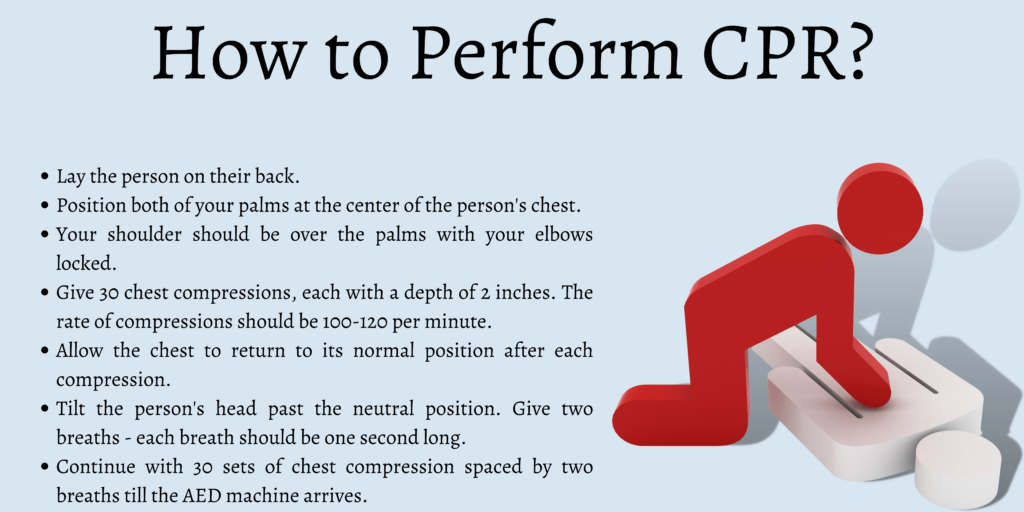
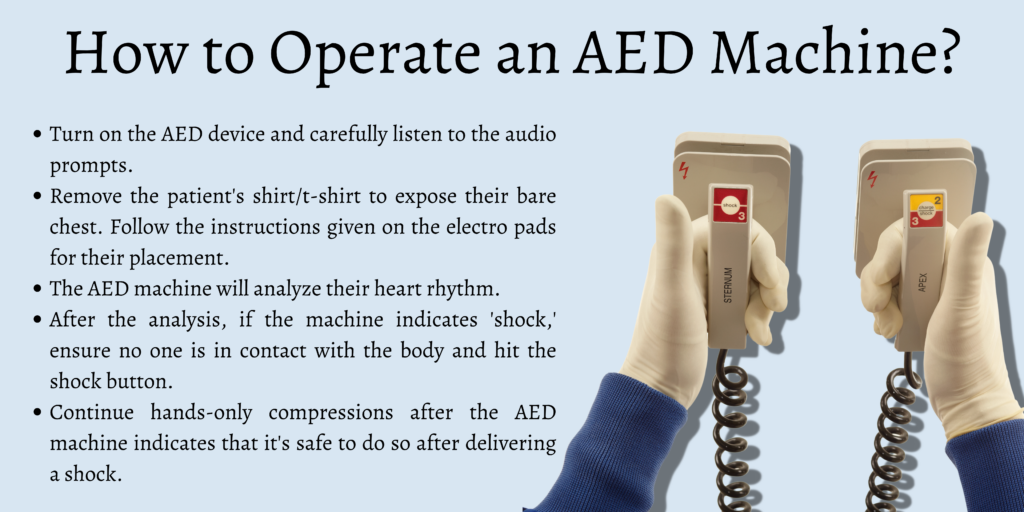
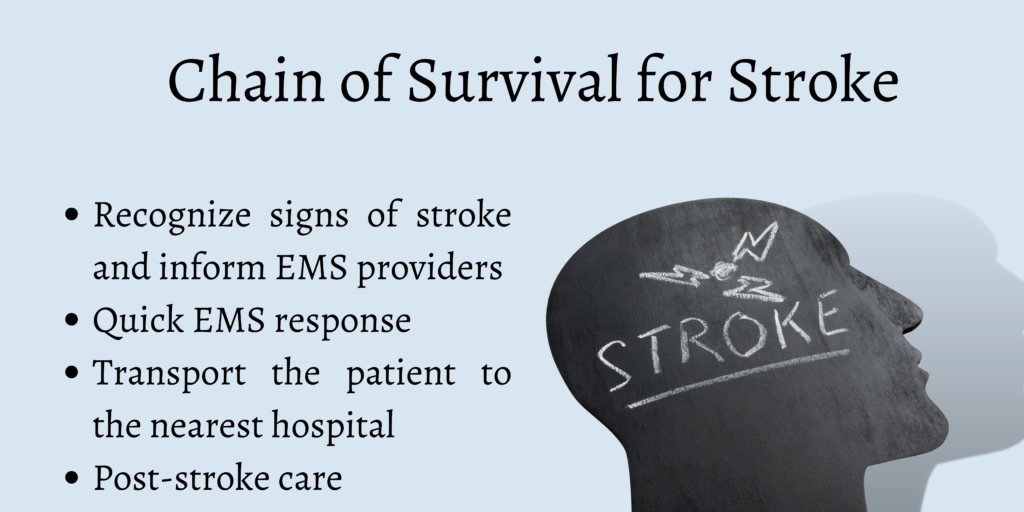
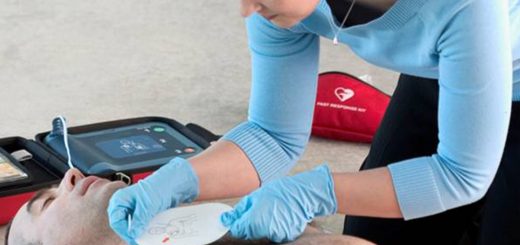
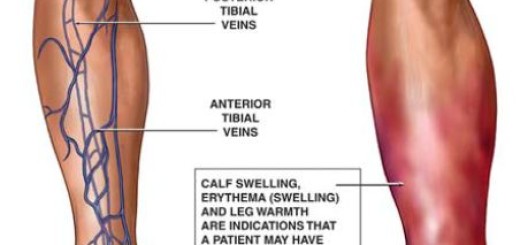
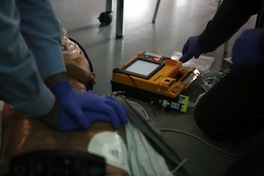


Yes I agree – a defib is essential for first aid in the golden hour! Like you say, the earlier the better.
This was a great post. I was trained to use a defib in our schools and it is an essential part of survival.
Thanks for the info! I had never heard of ‘The Chain of Survival” before, but those are all really good tips to help save someone’s life!
I never even knew it was possible to have a defib available as part of a first aid kit. Always assumed that was something professionals would use. Might have to get myself trained just in case.
I would like to encourage everyone to learn the application of AED. As time is of an essence every minute counts, and i would attest that we have successfully revive 2 victims, one from heart attack and the other for near drowning.I have never regretted learning the First aid skills. Be prepared, ready and apply the knowledge learn, you never know when you are going to need it.
many life lost due to lack of social education. Chain of survival should be known to the public so that they can save their loved one’s live. I learn a lot on steps in chain of survival, call, perform, electrify and maintain in hospital. Great subject matter
Is First Aid course is part of the Chain of Survival?
Thanks. Nice little refresher on all my previous first aid training.
Happy to hear it! Thank you.
Thanks
very informational
thanks for the info!